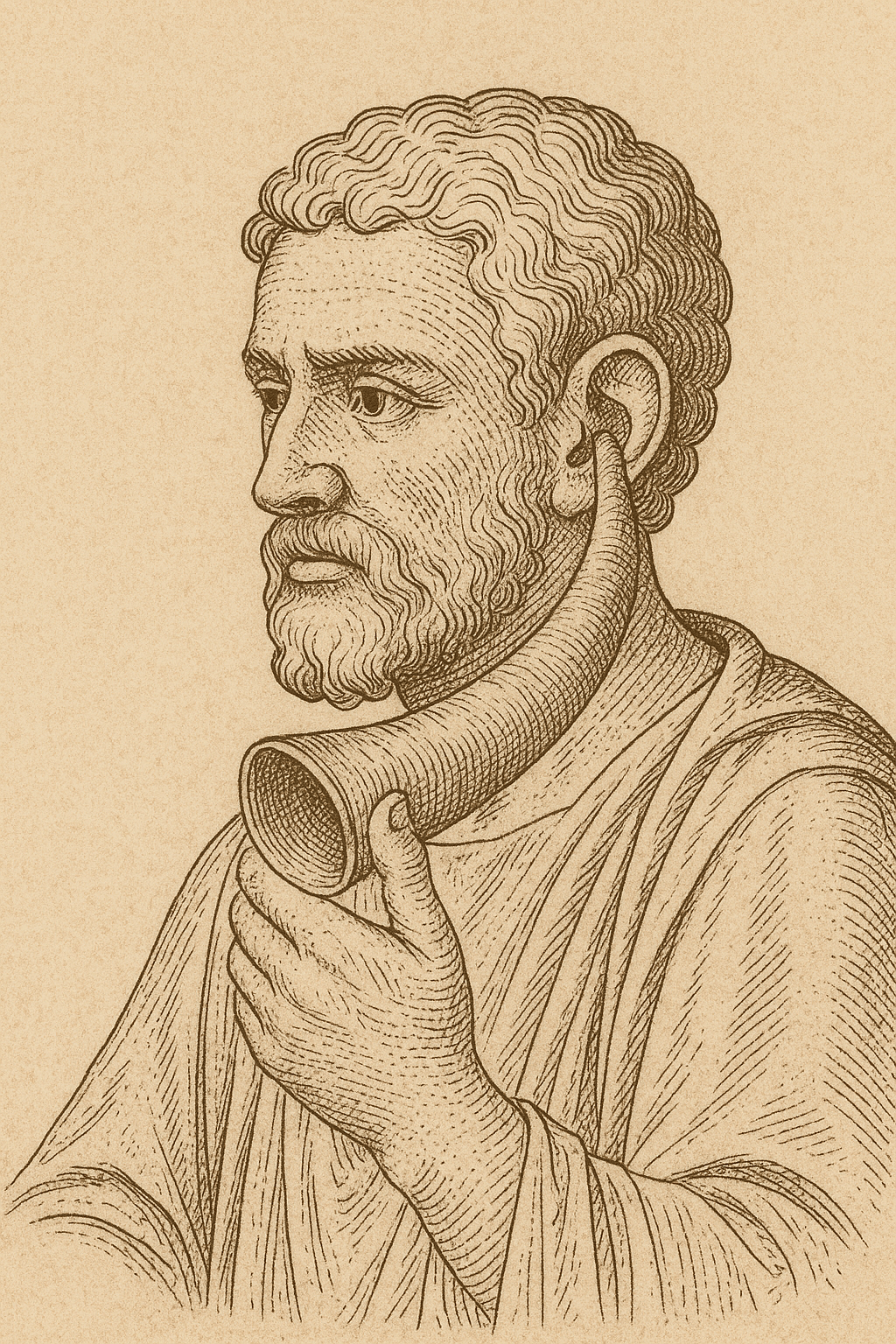POLÍTICA DE COOKIES
El nostre lloc web audiocontrol.cat utilitza una tecnologia anomenada 'cookie', amb la finalitat de poder obtenir informació sobre l'ús del lloc web, millorar l'experiència de l'usuari i garantir-ne el correcte funcionament.
Definició de Cookie
Una 'cookie' és un petit fragment de text que els llocs web envien al navegador i que s'emmagatzemen en el terminal de l'usuari (ordinador o dispositiu mòbil). Aquests fitxers tenen la finalitat d'emmagatzemar dades que podran ser actualitzades i recuperades per l'entitat responsable de la seva instal·lació. Així, cada vegada que l'usuari torna a visitar el mateix lloc web, el navegador recupera el fitxer i l'envia al servidor del lloc web. Les cookies tenen diverses funcions entre les quals s'inclouen la recopilació d'informació sobre les preferències de l'usuari i el seu record, i en general, faciliten l'ús del lloc web a l'usuari al personalitzar-ne el contingut.
Les cookies es poden classificar en base a diferents paràmetres:
- Titularitat: cookies pròpies i cookies de tercers: depenent de quina sigui l'entitat que gestioni el domini des del qual s'envien les cookies i es tractin les dades que s'obtinguin.
- Durada: cookies de sessió i cookies persistents: d'acord amb el termini de temps que romanen emmagatzemades en el terminal de l'usuari.
- Finalitat: cookies tècniques, cookies de personalització, cookies d'anàlisi, cookies publicitàries, cookies de publicitat comportamental, d'acord amb la finalitat pel qual es tractin les dades obtingudes.
- Cookies tècniques: són aquelles que permeten a l'usuari la navegació a través de la pàgina web o aplicació i la utilització de les diferents opcions o serveis que hi existeixen. Per exemple, controlar el trànsit i la comunicació de dades, identificar la sessió o accedir a les parts web d'accés restringit.
- Cookies de personalització: són aquelles que permeten a l'usuari accedir al servei amb algunes característiques de caràcter general predefinides al seu terminal o que el propi usuari defineixi. Per exemple, l'idioma, el tipus de navegador a través del qual accedeix al servei o el disseny de continguts seleccionat.
- Cookies d'anàlisi: són aquelles que o bé són tractades per nosaltres o per tercers, ens permeten quantificar el nombre d'usuaris i així realitzar l'anàlisi estadístic de la utilització que fan els usuaris del servei ofert. Per això s'analitza la seva navegació a la nostra pàgina web per millorar l'oferta de productes o serveis que els oferim.
- Cookies publicitàries: són aquelles que permeten la gestió, de la forma més eficaç possible, dels espais publicitaris que, si escau, l'editor hagi inclòs en una pàgina web, aplicació o plataforma des de la qual presta el servei sol·licitat sobre la base de criteris com el contingut editat o la freqüència amb què es mostren els anuncis.
- Cookies de publicitat comportamental: són aquelles que permeten la gestió, de la manera més eficaç possible, dels espais publicitaris que, si escau, l'editor hagi inclòs en una pàgina web, aplicació o plataforma des de la qual presta el servei sol·licitat. Aquestes cookies emmagatzemen informació del comportament dels usuaris obtinguda mitjançant l'observació contínua dels seus hàbits de navegació, el que permet desenvolupar un perfil específic per mostrar publicitat en funció d'això.
Cookies utilitzades al nostre lloc web
El nostre lloc web utilitza tant cookies pròpies, que són les enviades al seu dispositiu i gestionades exclusivament per nosaltres per al millor funcionament del lloc web, com cookies de tercers, amb la funció de servir-nos com a eina d'anàlisi de la interacció dels usuaris amb el nostre lloc web, gràcies a elles obtenim informació que pot ajudar a millorar la navegació i donar un millor servei als usuaris.
Utilitzem tant cookies temporals de sessió com cookies persistents. Les cookies de sessió emmagatzemen dades únicament mentre l'usuari accedeix a la web i les cookies persistents emmagatzemen les dades en el terminal perquè siguin accedides i utilitzades en més d'una sessió.
Concretament, les cookies utilitzades al nostre lloc web són:
Cookies pròpies:
Les cookies pròpies que utilitzem al nostre lloc web són de caràcter tècnic, fonamentals per al funcionament de la web.
Cookies de tercers:
| Cookie |
Titular |
Finalitat |
Duració |
| __utmz, __ utmc, __utma, __utmb,__utmt, __ga, __gat |
Google Inc. (Google Analytics) |
Analíticas: Analitzen el tràfic d'aquesta web. |
Sessió i persistents |
Per obtenir més informació sobre les Cookies i/o per a la seva desactivació, podeu clicar sobre els enllaços que hi ha en el nom dels diferents titulars.
Finalment, també s'utilitzen Cookies de complement (plug-in) per intercanviar continguts socials.
Consentiment
En navegar i continuar en el nostre lloc web, l'usuari estarà consentint l'ús de les Cookies abans esmentades, pels terminis assenyalats i en les condicions contingudes en la present Política sobre Cookies.
A més a més, l'informem que si vostè consulta continguts a la nostra web allotjats en webs de tercers, aquests tenen la seva pròpia política de Cookies.
Retirada del consentiment
L'usuari podrà retirar en qualsevol moment el seu consentiment relacionat amb aquesta Política sobre Cookies, per això haurà d'eliminar les Cookies emmagatzemades al seu equip utilitzant els ajustos i configuracions del seu navegador d'Internet.
Modificació de la configuració de les Cookies
L'usuari pot restringir, bloquejar o eliminar les cookies de qualsevol lloc web, utilitzant el seu navegador. A cada navegador, l'operativa és diferent, per la qual cosa pot consultar els següents enllaços per saber com fer-ho:
Internet Explorer:
https://support.microsoft.com/es-es/help/17442/windows-internet-explorer-delete-manage-cookies#ie=ie-11
Edge:
https://support.microsoft.com/es-es/help/4468242/microsoft-edge-browsing-data-and-privacy-microsoft-privacy
FireFox:
https://support.mozilla.org/es/kb/clear-cookies-and-site-data-firefox
Chrome:
https://support.google.com/chrome/answer/95647?hl=es
Safari (mac):
https://support.apple.com/es-es/guide/safari/manage-cookies-and-website-data-sfri11471/mac
Safari (iPhone/iPad):
https://support.apple.com/es-es/HT201265
Opera:
https://help.opera.com/en/latest/web-preferences/#cookies
Per obtenir més informació sobre l'eliminació, la desactivació o el bloqueig de les cookies, també podeu visitar:
https://www.aboutcookies.org/how-to-manage-and-delete-cookies
Actualització de la política de cookies.
Aquest lloc web pot modificar aquesta Política sobre Galetes, per això us recomanem revisar aquesta política cada vegada que accediu al nostre lloc web per estar adequadament informat sobre l'ús que fem de les galetes.
Última actualització: 15/03/2023.



